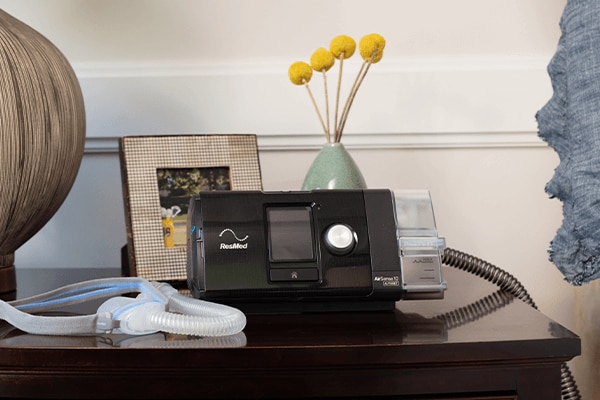What is a CPAP machine? Here’s what you need to know

May 28th 2024
Here at ResMed we’re on the frontline of the battle to help people sleep better and feel better – and a big way we do this is with CPAP machines. However, while we’re experts on the subject, it doesn’t mean that you are! So we’re going back to basics by explaining exactly what a CPAP machine is, what it does and how it could help you or someone you love.
Why would you need a CPAP machine? ➜
What is obstructive sleep apnoea (OSA)? ➜
How to know if you have sleep apnoea ➜
What exactly does a CPAP machine do? ➜
What are the benefits of CPAP treatment? ➜
What are the side effects of using a CPAP machine? ➜
Is there only one type of CPAP machine? ➜
Help for when you’re beginning PAP machine therapy ➜
Can you travel with a CPAP machine? ➜